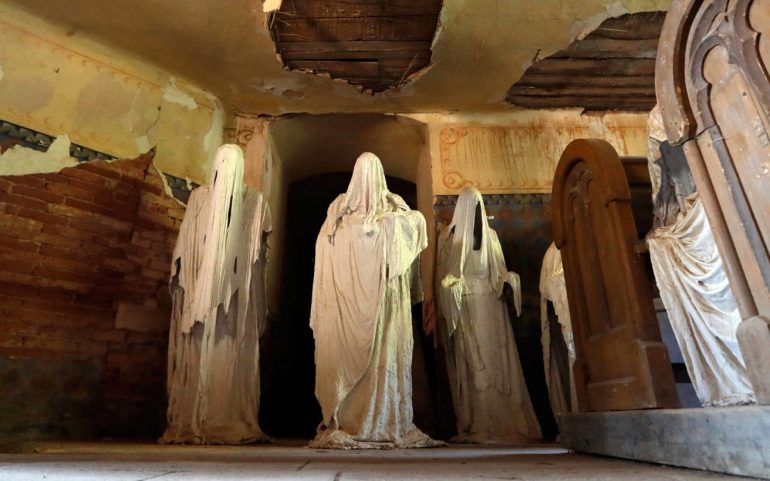With the progress of science and the knowledge that modern man has acquired, he has left behind to a large extent beliefs of the past and some irrational interpretations of the universe, which in earlier years seemed attractive and able to give explanations for everyday problems but also more complex and unfamiliar issues.
However, either from some fascination with the unexplained or from the need to feel that there is something beyond what one can see, man, even one who may have educated himself in the field of knowledge, resorts to theories that reach the limits of the "magical", the eerie.
When one thinks of ghosts, for example, one probably does not think of Oliver Twist, The Great Expectations, or the famous English writer Charles Dickens. And yet, Dickens was a real-life ghost hunter, having probably been born too early to have his own paranormal TV show, like the ones we see in the TV trash zone. Whether Dickens ever "caught" a "genuine" ghost is a matter for debate. But he definitely tried.

A club different from the others
If we asked a random group of educated people in the 21st century to list the most pressing issues of the 19th century, we would probably find words like "slavery" or "the women's issue" at the top of the list. Indeed, these issues largely determined the course of the history of that particular century, as well as politics in the decades to come. of them would refer to the question of… ghosts.
In 1855, some guys at Trinity College in Cambridge started meeting and talking about ghosts, spirits and all the supernatural issues. In addition to research, the group discussed spirituality and psychics. By 1862, they had arrived in London and officially launched a club: the Ghost Club. That was when Dickens signed on as a founding member.
The founding of the Ghost Club, which still exists today and is considered one of the oldest paranormal research groups in the world, has met with mixed reviews. The 1860s were the heyday of spiritualism in London: sessions and hauntings were firmly in vogue. But, even at the height of this frenzy, the Ghost Club was still considered quite silly. The London Times openly blamed the group. However, the membership of the famous writer Charles Dickens legitimized the club in the eyes of the world.
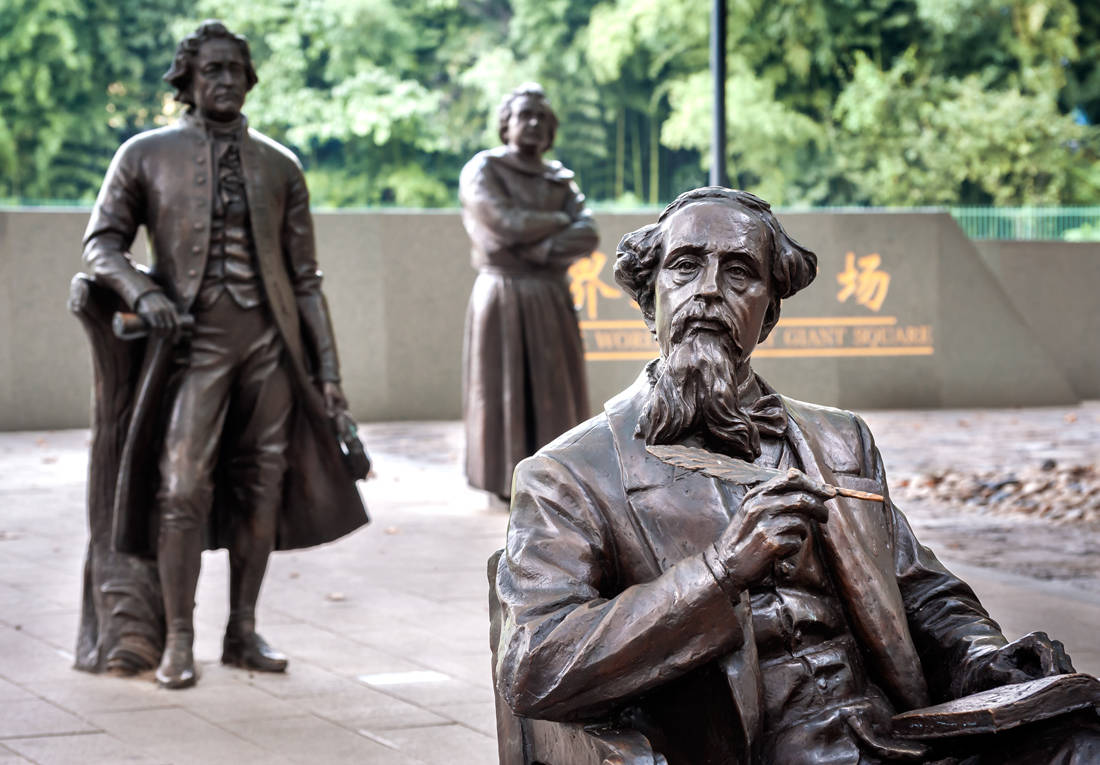
The Ghost Club was small and with limited participation. It was kept at the level of about 82 members over a period of 54 years and was another place where women were not allowed. Although it had no scientific orientation, in its ranks there were famous scientists and intellectuals of the time.
Spiritualism at that time was a serious business, mainly from an economic point of view. Psychologists and psychics took advantage of trusted and sad people who hoped to reconnect with their lost loved ones. Fiery rich, skeptical and true believers created communities and published books. We could say that for the Victorians, the "spirits" were as powerful as the UFOs for the post-war Americans. Spiritualism was so influential that it inspired many of the leading intellectuals in England to find this closed club dedicated to the hunt for the paranormal.
In addition to Charles Dickens, who has been a member of the group since its inception, famous members include the famous Irish poet William Butler Gates, Arthur Conan Doyle, as well as several prominent writers, academics, clergy, and clergy. "This was not a club for the average person," writes author Julia Tibbott, given her Cambridge birth.
During the early years of the Club, the post-industrial world was flooded with impressive and groundbreaking discoveries, from the theory of microorganisms to the theory of evolution and entropy. So the idea of the metaphysical sphere did not seem more ridiculous than any other development. It was another area in which science could expand. The Ghost Club has not always been threatened by the steady pace of science and technology. In fact, the club once hugged them. The initial briefing of the group was that it would try to expose fraudulent media and spiritualists by applying scientific rigor to supposedly spooky phenomena.
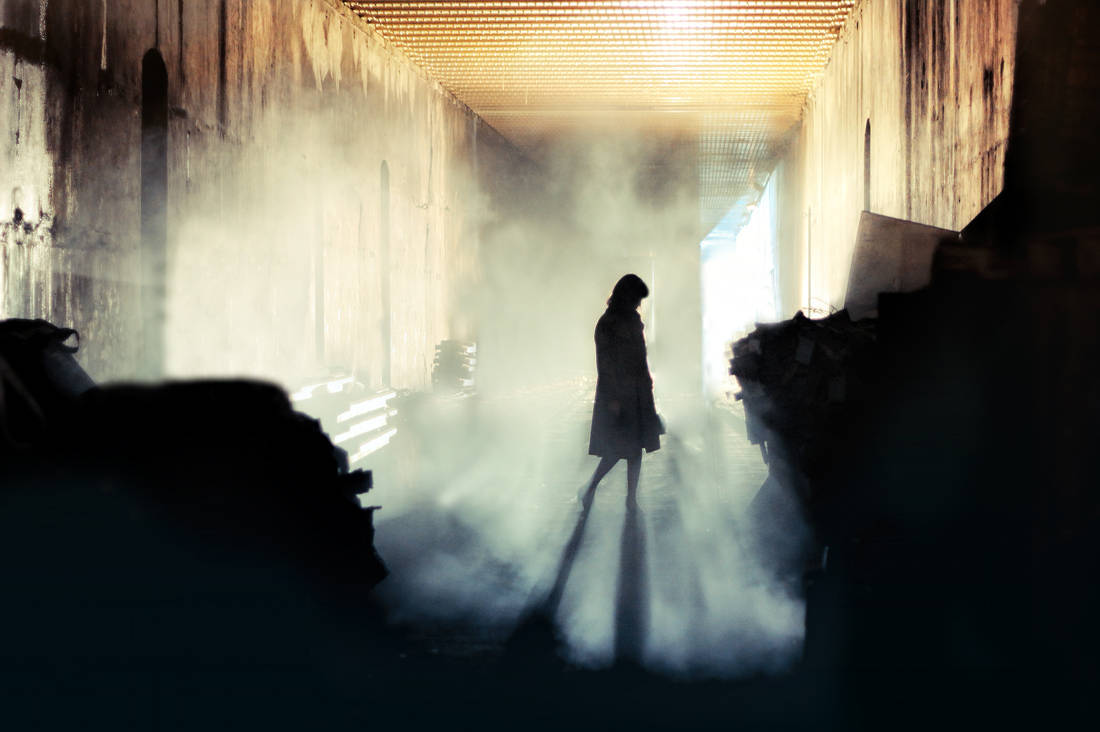
The story of Dickens and other celebrities
So Dickens was not the only celebrity to join the Ghost Club. Sir Arthur Conan Doyle, creator of Sherlock Holmes, was also one of the first members and one of the most fanatical. The hero-detective he had created was perhaps a phenomenon of logic, but Doyle believed reverently in all sorts of nonsense he encountered: ghosts, fairies, the idea that escape master Harry Houdini had magical powers. Doyle was a close friend of Houdini, who assured him that he was not a magician. The author's main anxiety was to prove that ghosts existed and that is why he joined the club.
In Dickens's case, the author had more than one love-hate relationship with ghosts. He had this obsession since childhood, when his nanny, with the ominous name Miss Mercy, told him tales about the strange and the spooky. He enjoyed reading and writing ghost stories and was passionate about hypnosis - he tried to deal with his wife's headaches by hypnotizing her. However, he stubbornly refused to be put in a state of ecstasy.
Dickens, on the other hand, was a skeptic and a proponent of scientific theory. He did not anticipate the existence of ghosts, but believed that the vast majority of paranormal phenomena were "a disturbed state of the nerves or senses." He was interested in using the Ghost Club to investigate and uncover evidence throughout London.
But did the fact that he believed in science stop him from going out and chasing ghosts? Of course not.
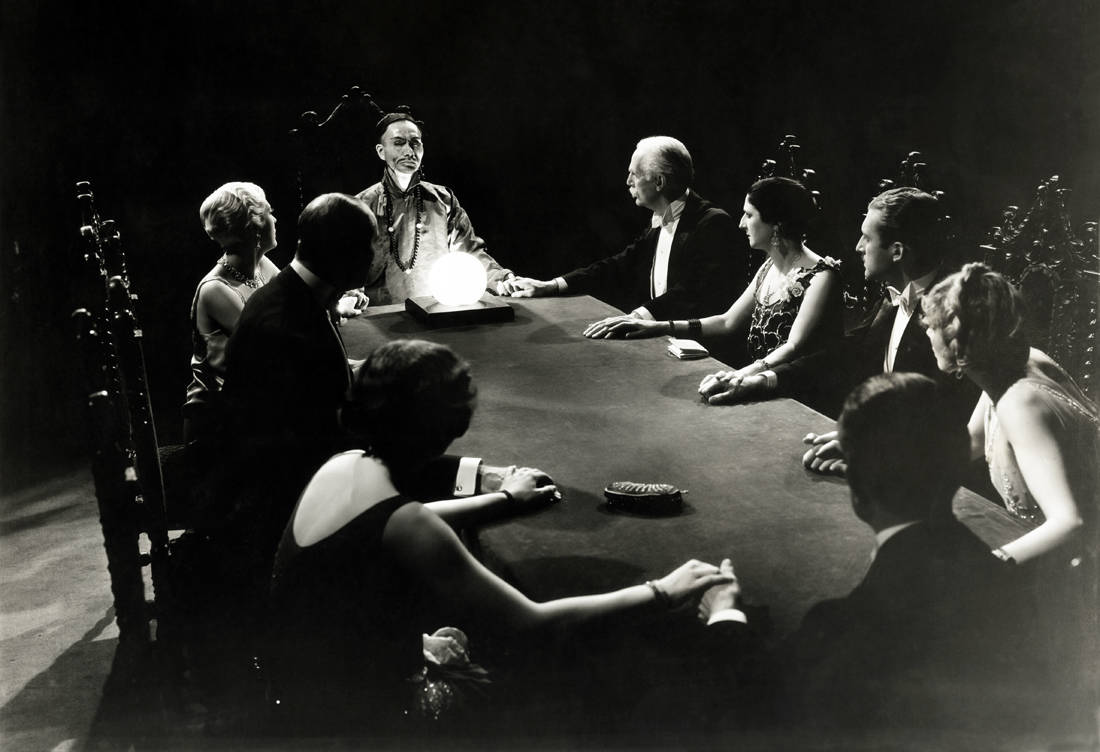
The Ghost Club's first major case was to investigate the Davenport Brothers and the so-called "spirit closet."
The Davenport Brothers were a group of American magicians who traveled to England and claimed to have mastered the supernatural powers by presenting the "closet trick": they would be tied to a box surrounded by musical instruments. The box would close and the instruments would play before the box was reopened to reveal that the brothers were still tied up. And the bottom line: ghosts played the instruments! Scary!
But not true: the Ghost Club, with the help of some friends of magicians, uncovered the scam and probably ruined any prospects for the Davenport brothers. In fact, they created their own copy of the closet, with a secret compartment, to prove that the trick could be done without ghosts. This impressed the Victorian public and was considered a victory for the club.
The club continued to investigate and "uncover" similar cases of "supernatural activity" for years. Unfortunately for the other members of the club, however, Dickens was such a driving force that the Ghost Club flourished for several years after his death in 1870.
Of course, the Dickens ghost appeared in a mystical session in America just five days after his death, to mark the end of his unfinished novel The Edwin Drood Mystery. Survivors of the Ghost Club never managed to reveal if this was yet another myth.
As of today, the team members were essentially something like the Victorian ancestors of the Ghostbusters.
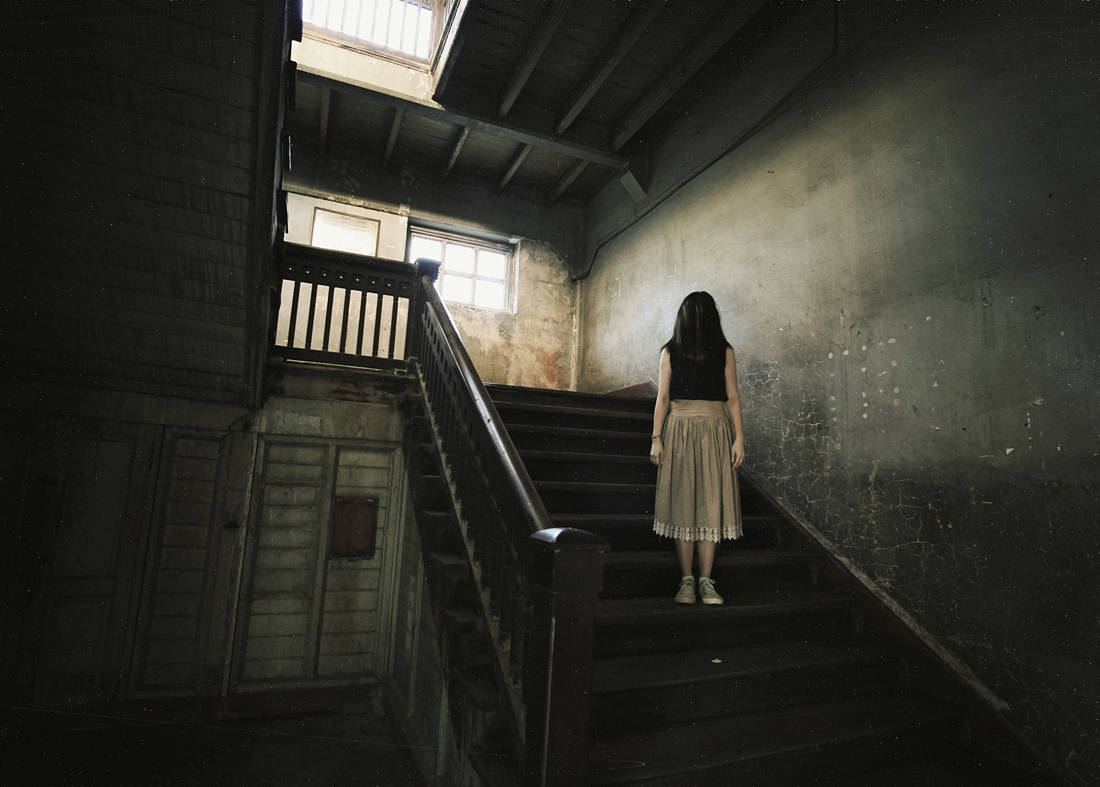
The continuation of the Club until the modern era
The club was re-established 12 years later, on All Saints' Day in 1882, by psychics Stainton Moses and Alfred Alaric Watts who refused to acknowledge the group's past existence and claimed paternity.
In the same year, the Metaphysical Research Association was founded. Unlike the members of the Ghost Club, who preferred secrecy and were mainly spiritualists and followers of such phenomena, the SME was a community of scientists and skeptics whose purpose was to find logical explanations and expose fraud.
According to the Club's records, there was a tradition for all members, living or dead, to be recognized as such each year on November 2nd. There was even the belief that the dead made their presence felt.
During the 20th century, the Ghost Club "transferred" its research from the rooms of the sessions (spiritual ceremonies) to the laboratory level. In fact, Gates became a member at that time.
By 1936 club membership had waned and disbanded again. At that time, all the works of the Club and its archives were given to the British Museum with the suggestion that nothing be opened until 1962, as a sign of respect for confidentiality. But after 18 months, author Harry Price, a former member of the Club, resumed its operation, but instead of working as a research team, the idea now was for members to have psychic dinners and discuss metaphysical activity. In fact, the participation of women was allowed. In 2005 the team also had its first female president, Kathy Gearing.
